Interacting with students from the West, Michael A. Baker, a former NASA astronaut, talked about the 7-minute flight and if there was an accident in the first 2 minutes, the crew would fly out by parachute.
Coming to Vietnam to attend the opening ceremony of NASA Week in Hau Giang on June 5, Michael A. Baker shared that he was "very happy and excited to come to the beautiful country of Vietnam". He also shared many stories of his experiences as a person who has spent more than 5,400 hours flying on airplanes and 965 hours flying in space.
He said that when the rocket takes off, the speed can reach 50,000 miles per hour, having to overcome the Earth's gravity. "Within the first 7 minutes, overcoming the Earth's gravity, the flight is completed afterwards," he said.
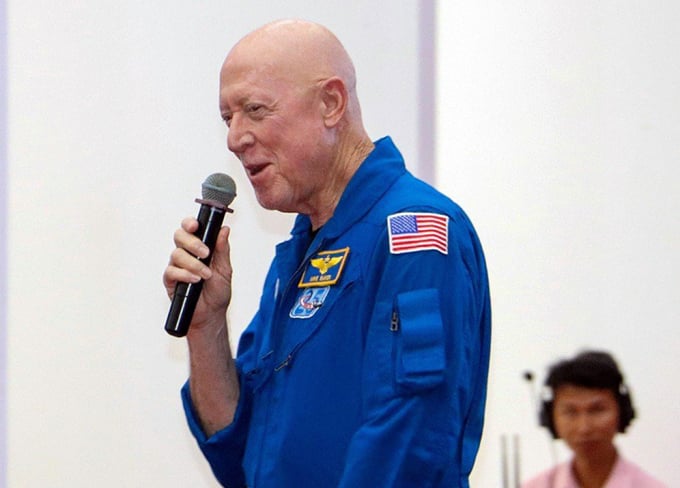
Michael A. Baker interacts with young people in Western Vietnam. Photo: An Binh
Born in Memphis, Tennessee, Michael A. Baker always referred to Lemoore, California as his hometown. In 1975, Baker graduated from the University of Texas with a Bachelor of Science in Aerospace Engineering. Just two years later, he completed flight training and earned the Wings of Gold at Chase Field Naval Air Station, Beeville.
Baker served in the US Navy as a pilot, then as a pilot instructor, before NASA selected him as an astronaut in 1985.
Following the loss of the space shuttle Challenger on STS-51L in 1986, Baker worked to improve the shuttle's landing and deceleration systems. In addition to working on the shuttle, he conducted structural carrier-fit tests, catapult and arresting gear certification tests, and automated landing system verification and certification tests on various Navy fleet carriers using A-7 aircraft.
From his role as an instructor pilot, he was assigned as a US Navy exchange instructor to the Empire Test Pilot School at Boscombe Down, England, teaching performance, flight qualities, and flight systems test techniques.
The 1953-born astronaut has logged more than 5,400 flight hours in about 50 different types of aircraft, including tactical jets, vertical takeoff and landing (VSTOL) aircraft, multi-engine transport aircraft and rotary-wing aircraft, and has made more than 300 carrier landings.
Baker served as a pilot for his first two missions. He flew missions STS-43 on Space Shuttle Atlantis in 1991 and STS-52 on Space Shuttle Columbia in 1992. He then commanded STS-68 in 1994, which delivered the Space Radar Laboratory to Space Shuttle Endeavour. He also commanded STS-81 in 1997, using Atlantis to deliver supplies, experiments, and astronauts to Russia's Mir Space Station. Baker spent approximately 965 hours in space between the four missions.
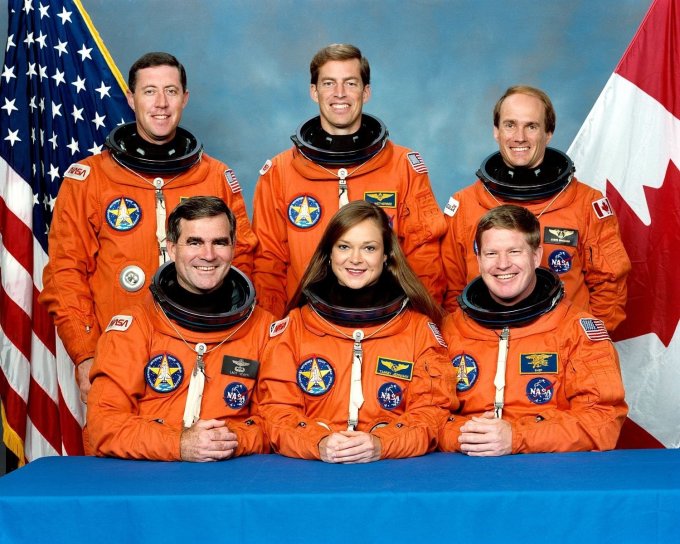
Michael A. Baker (far left) and the STS-52 crew in 1991. Source: Wikimedia Commons
On the YouTube channel TheScienceKid in September 2022, Baker was asked the question "Who are astronauts?" He humorously replied that astronauts are simply people who fly in space.
He said that in his early days at NASA, he was called an astronaut candidate. "At that time, I spent the first year learning to fly the T-38 and training on the space shuttle. I and other candidates had the opportunity to participate in many different training courses and in-depth but also very interesting research topics. I remember learning about geography and oceanography, high-speed aerodynamics, public speaking skills and many other courses," the former NASA astronaut said on the Youtube channel TheScienceKid.
He added that, usually at the end of each year, NASA evaluates astronaut candidates to see if they meet the criteria. When they are selected to participate in a mission, they will officially be called astronauts.
Since then, astronauts have continued to be assigned a number of other jobs within the office, with the overall mission being to support the ongoing missions at NASA.
Baker remembers most when he first went into the shuttle's avionics integration lab. "It was an interesting place, where you had all the avionics on the shuttle, all the same length of cable, and all the related elements were in one room. That's where we did all the software testing," Baker said.
He said his position required him to first know how to turn on and operate the cockpit instruments. After completing his initial lessons, Baker was assigned the position of Capcom - the person in charge of exchanging information with the crew members from the mission control center. "I learned a lot in the mission control center, with the flight controllers and I was the one doing all the operations," he said.
Before his final mission, Baker traveled to Russia and Kazakhstan to attend the launch of the fifth module for the Mir space station, Spektr. He then served as assistant director of the Human Space Flight Program at Johnson Space Center, Russia, until 2001. He went on to become the International Space Station program manager for international operations and crew, coordinating NASA's participation in Russian Soyuz flights.
"It's hard to imagine NASA's operations in Russia and Kazakhstan without Michael A. Baker," said Brian Kelly, director of flight operations at NASA's Johnson Space Center (2017). "He has been an integral part of our work since the International Space Station was born."
In response to the question: "If someone asked you whether you should become an astronaut, what would you say?", Baker's answer was "Yes". However, he did not forget to emphasize that astronaut candidates will face fierce competition. He told of the time when NASA received 16,000-17,000 applications for 10 astronaut positions.
"Even luck is a very important factor. Test pilots often have a lot of similarities, from expertise to attitude. I don't know how NASA evaluates to sort through the candidates and make the final selection," Baker added.
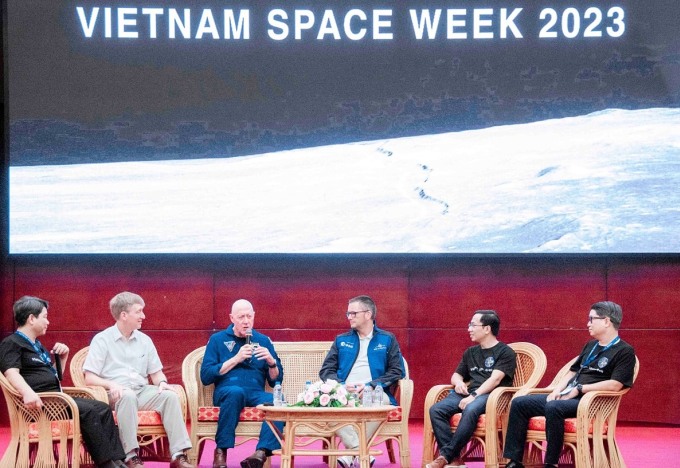
Michael A. Baker interacted in Hau Giang on June 5. Photo: An Binh
Baker said he had always wanted to be an engineer or a doctor during his school years, if he didn't become an astronaut. He said he always had a backup plan when he went to school because he was worried that he wouldn't have the health and vision to be an astronaut.
"I thought I would become a doctor or an engineer. Math was relatively easy for me. I really liked the subject but I didn't understand why I couldn't get a Bachelor's degree in mathematics. I worked really hard to get good grades in the subject and then I applied it to many things," Baker shared.
After many orientations, Baker eventually became an excellent astronaut with many memorable achievements and many honors. He is now retired and holds an advisory position with the biotechnology company Rhodium Scientific in Houston, Texas, according to NASA.
Bich Thao
Source link





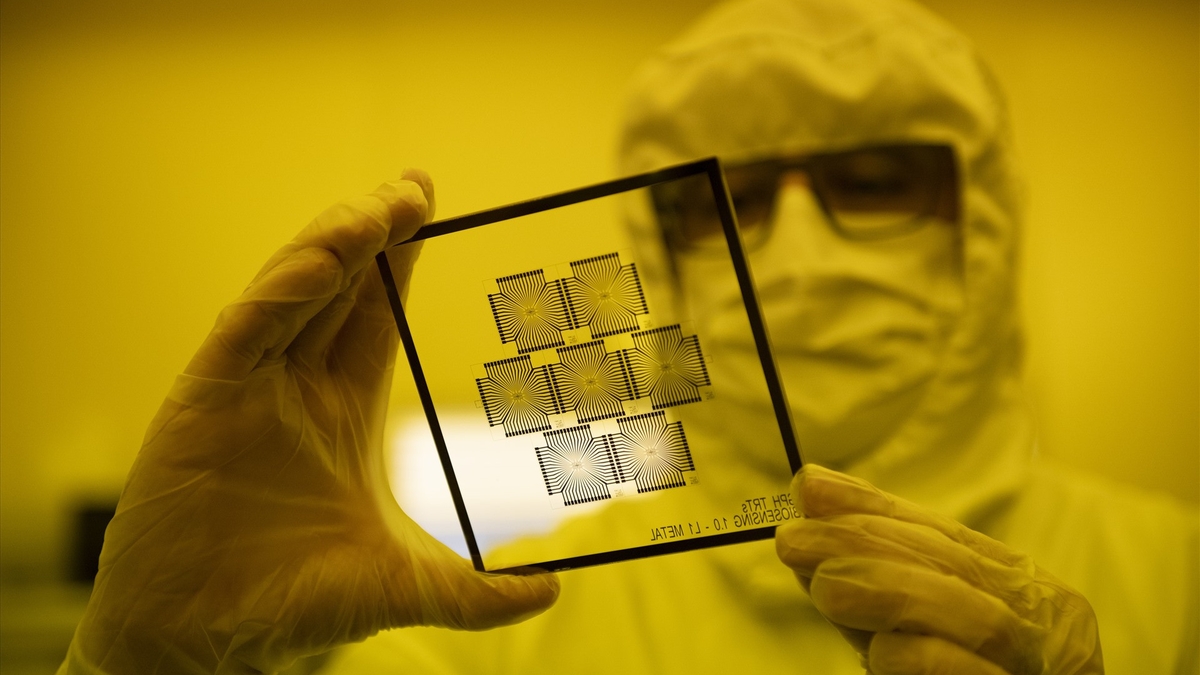

![[Photo] Da Nang: Hundreds of people join hands to clean up a vital tourist route after storm No. 13](https://vphoto.vietnam.vn/thumb/1200x675/vietnam/resource/IMAGE/2025/11/07/1762491638903_image-3-1353-jpg.webp)
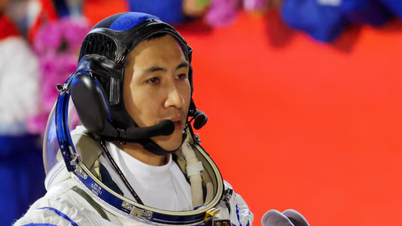

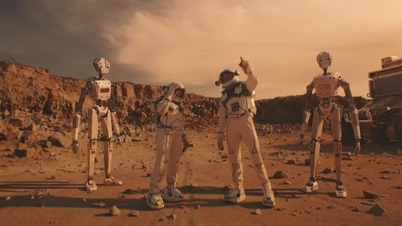

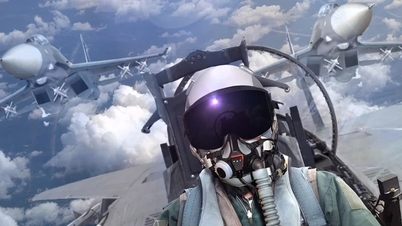


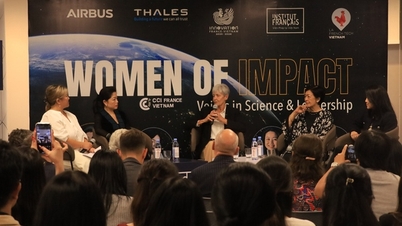

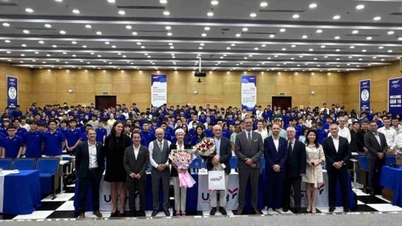





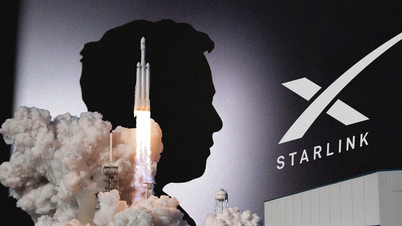




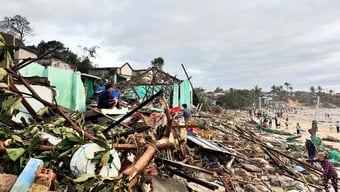

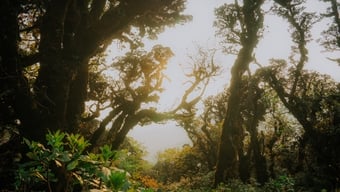









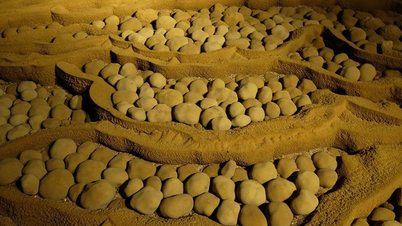

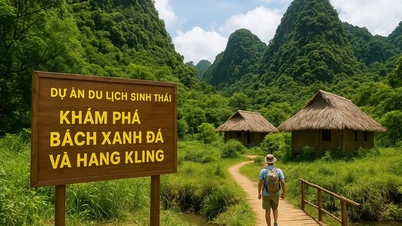



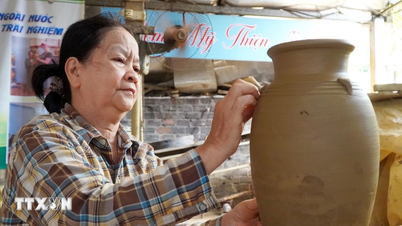

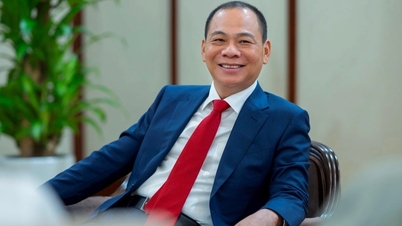


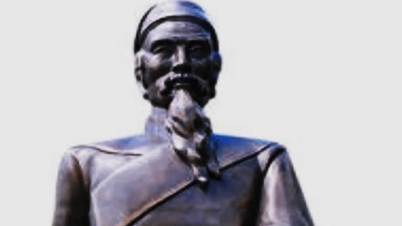
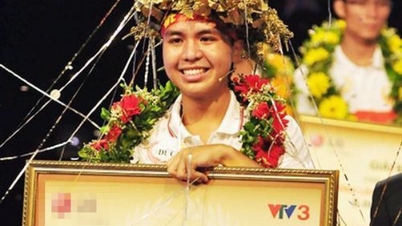



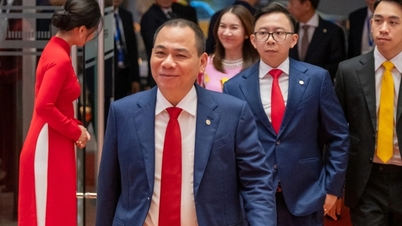


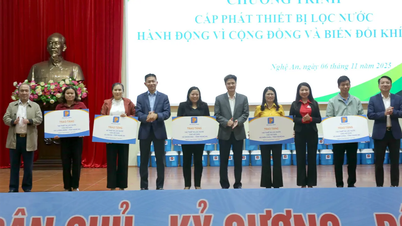


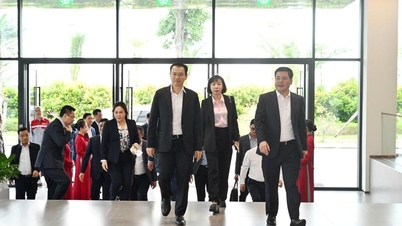
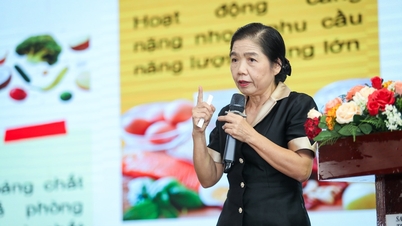
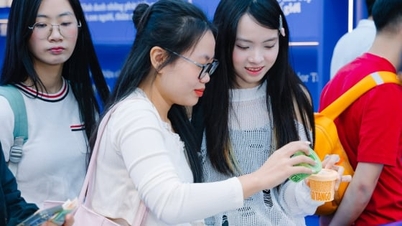



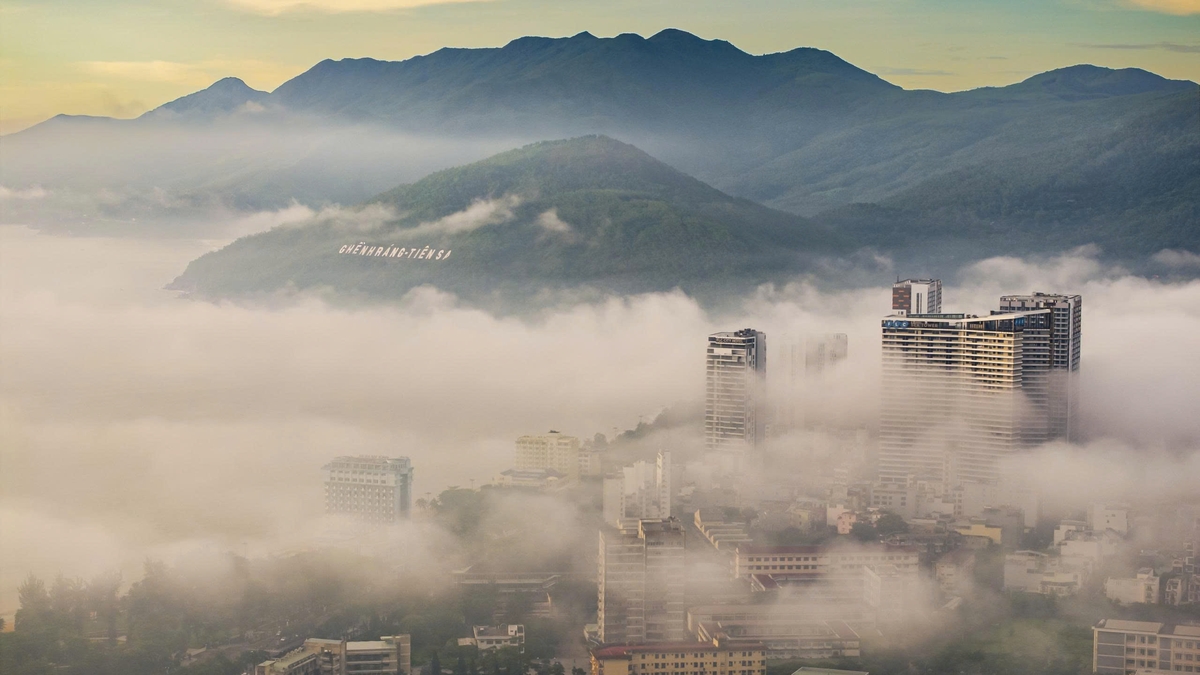

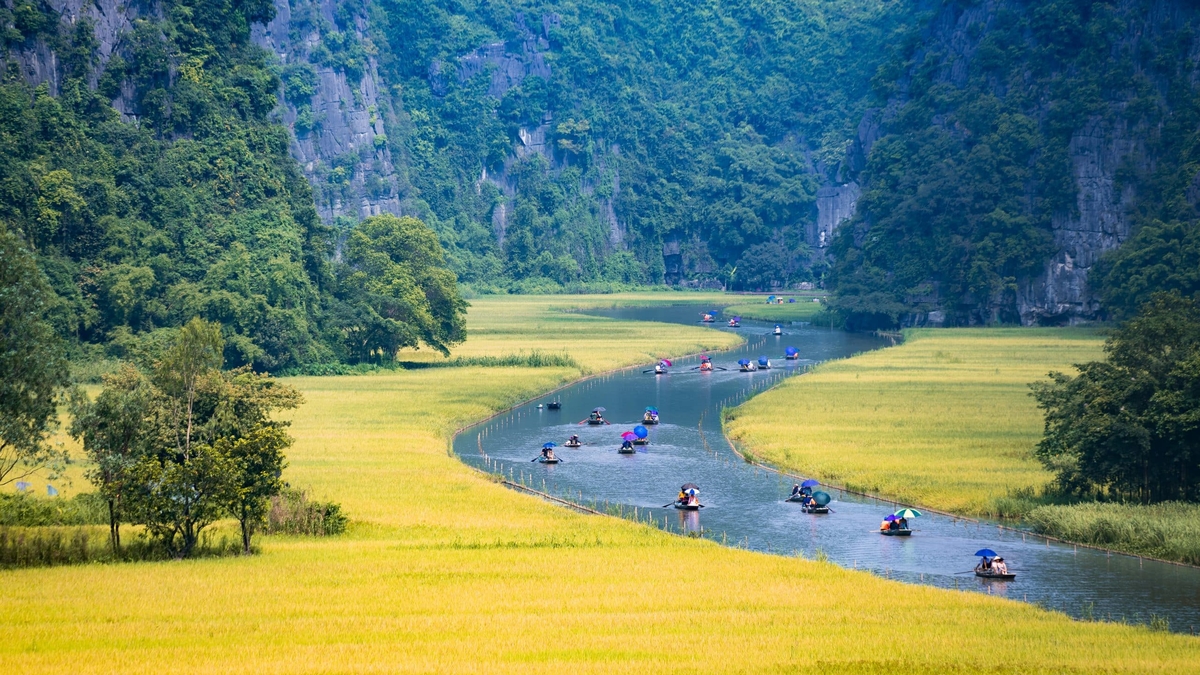

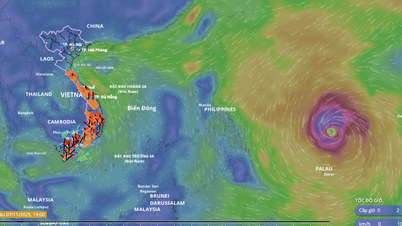




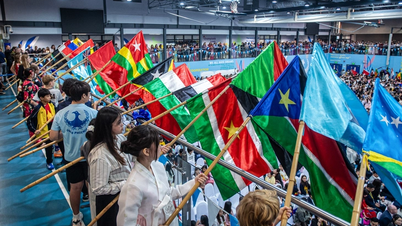
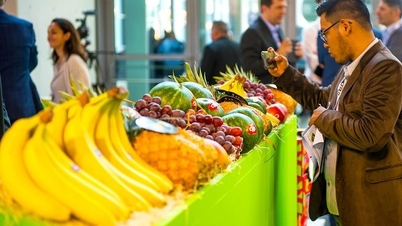


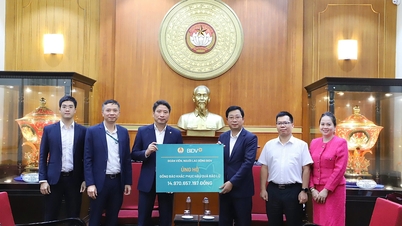

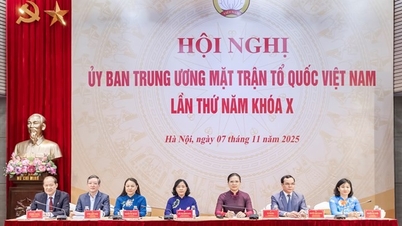
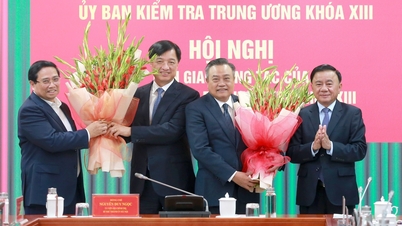
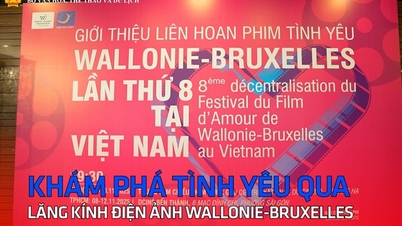



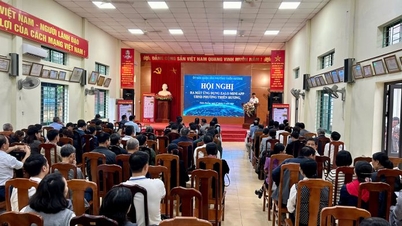







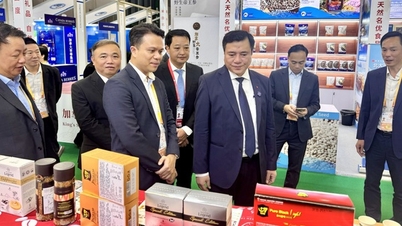

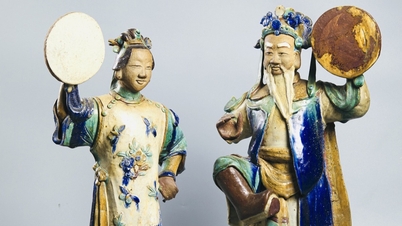





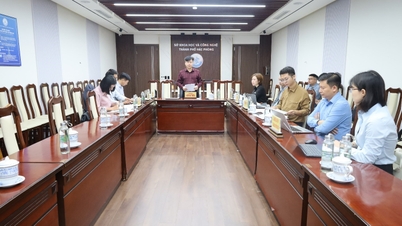

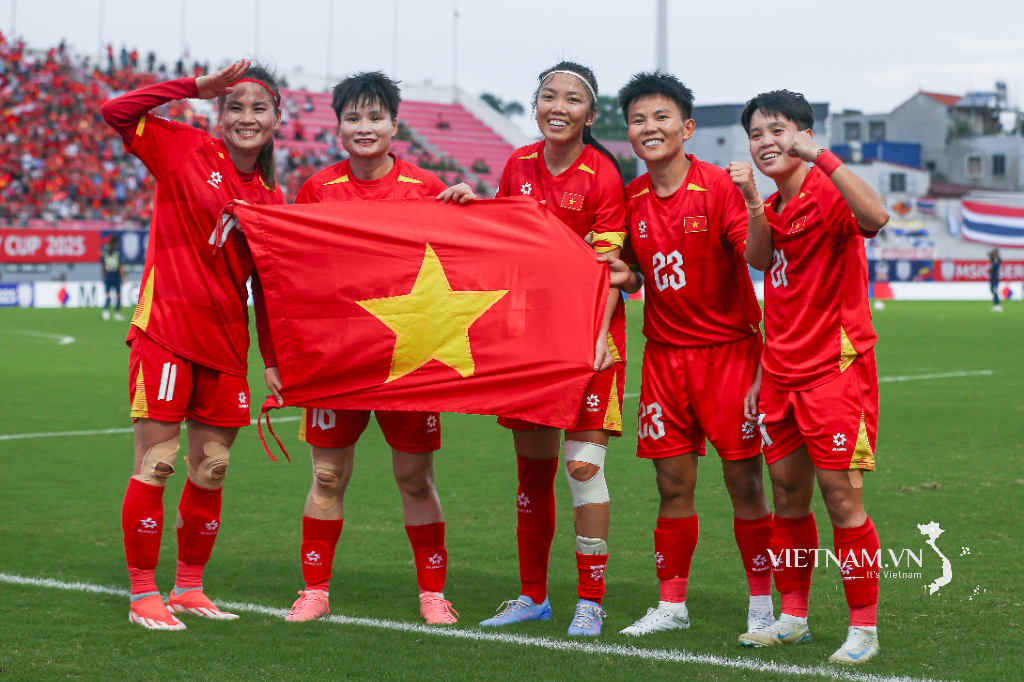
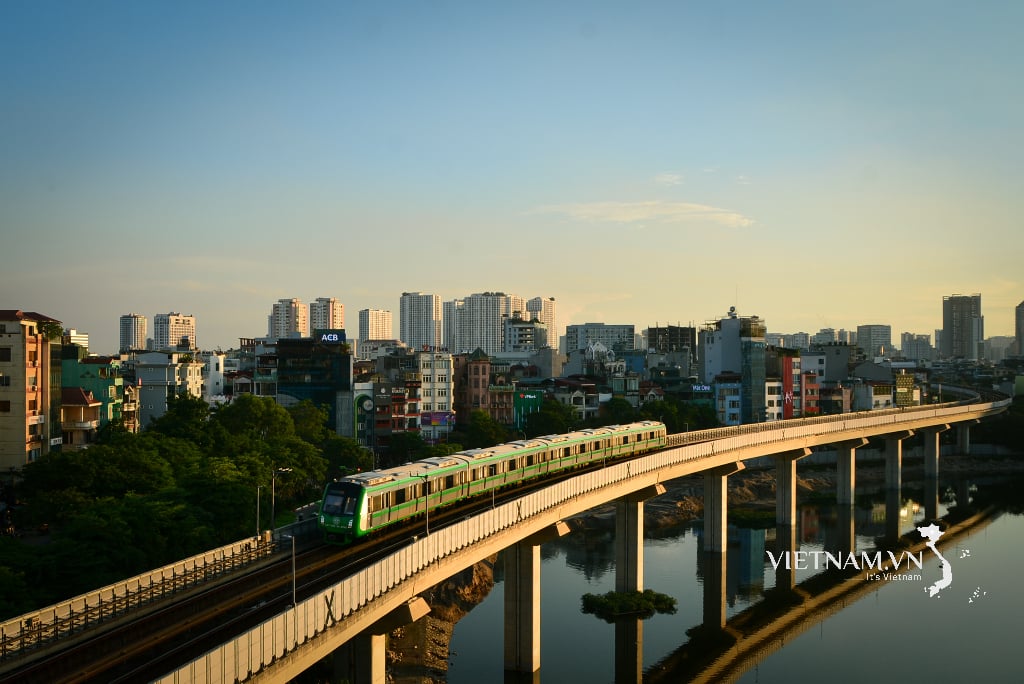


Comment (0)